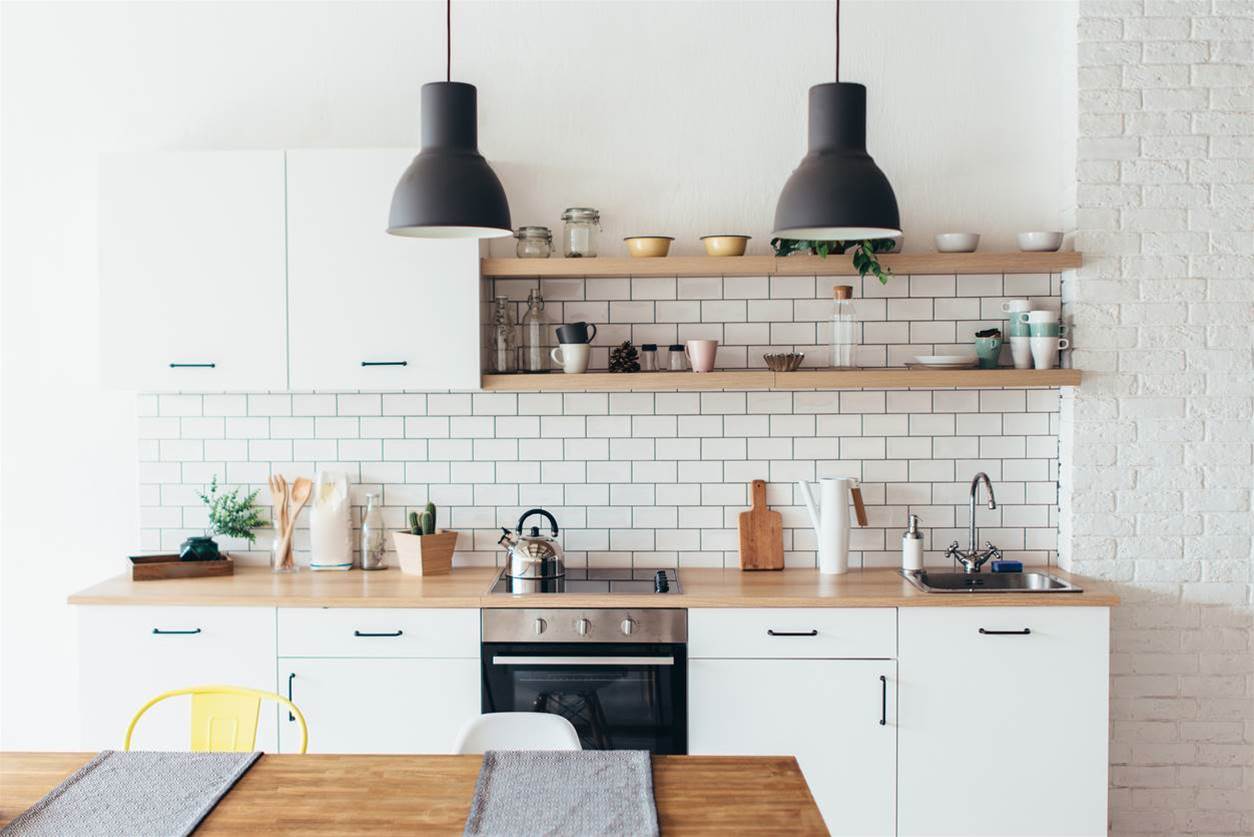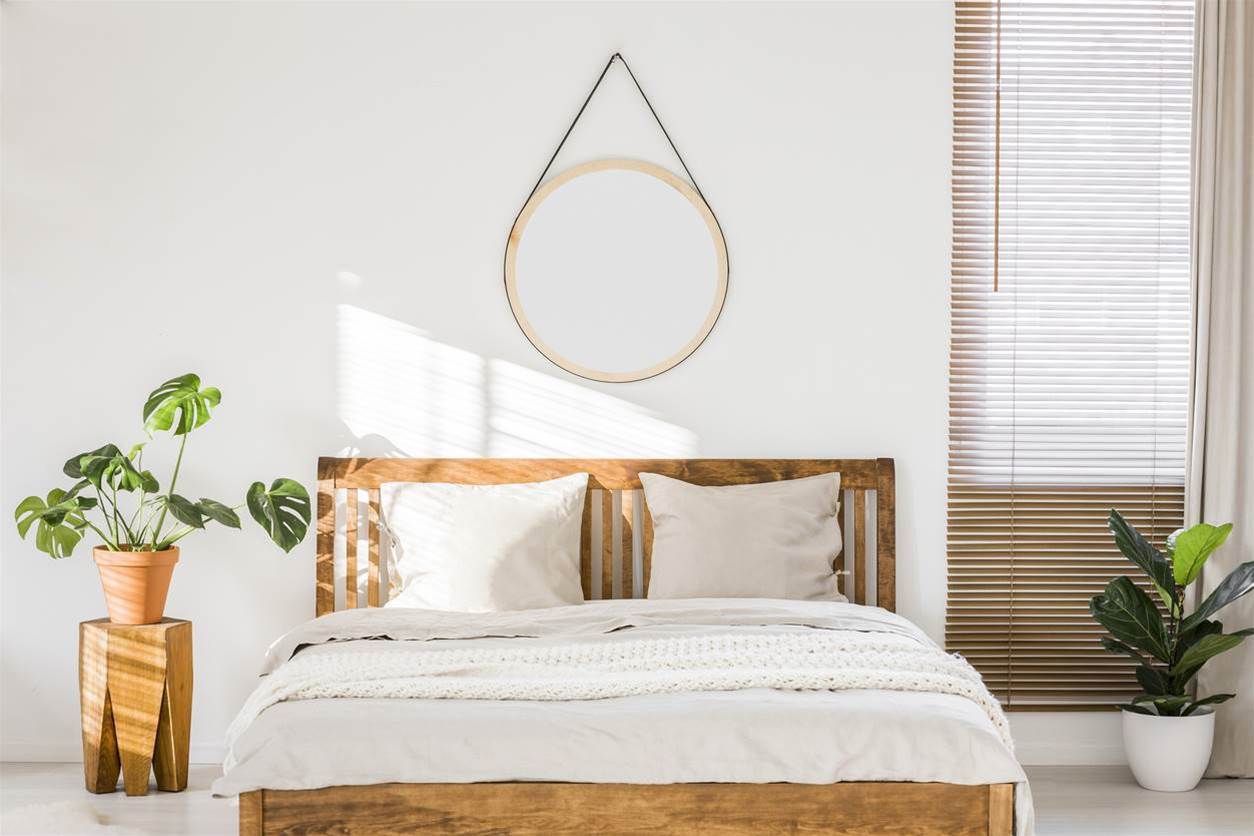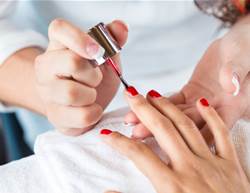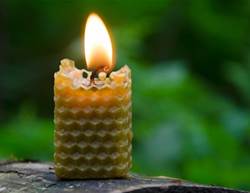Before this year, the thought of wearing a face mask each day would have seemed unfathomable. But when the threat of COVID-19 brought the nation to a halt and, earlier this year, bushfire smoke blanketed Australia, leading to hazardous air-quality levels, the call to safeguard our health from toxins became a new and, for most, scary reality.
With home the sanctuary we escape to, taking shelter inside naturally seems the healthiest place to be. However, according to recent research from the US Science Advisory Board, indoor air pollution is now rated one of the top five environmental risks to public health – often deemed as concerning as outside air.
“What we know now is that indoor air is similar to outdoor air (because it migrates in from outside), but exposes us to more pollutants and at greater concentration due to additional sources of indoor air pollution,” explains Dr Christine Cowie, a senior researcher at the Centre for Air Pollution, Energy and Health Research. Sources of indoor pollutants can include everything from the candles we burn, the cooktops we use, the dust we bring in, down to the furniture and carpets we choose, according to Dr Cowie.
But the good news is that, by understanding our living environment and what’s right under our nose, we can ‘Marie Kondo’ our day-to-day lifestyle to minimise risk and keep our house and health out of harm’s way. “By being mindful and taking simple measures such as ventilating the home and keeping the indoor environment dry and mould free, you can reduce your exposure to indoor pollutants and the likelihood of allergies, headaches, asthma and respiratory symptoms,” says Dr Cowie. “By doing these things, you’ll have a healthier home and body in the long term.” Ready to make your home a health sanctuary?
From the kitchen to your bedroom, these all-natural solutions will bring your home back into good health.
THE KITCHEN

1 REPURPOSE PLASTIC CONTAINERS
Tend to reheat food in takeaway containers? Consider transferring it first. “The danger of Bisphenol A (BPA), which is used in plastics, is that it can leech into food when it’s frozen or reheated,” explains Nicole Bijlsma, certified building biologist and founder of the Australian College of Environmental Studies.
Rather than ditch your current containers, she suggests using them for non-perishable items.
“There are enough plastics in the environment, so keep them to store buttons, sewing kits, tools, grains or rice instead.”
Swap to: Glass containers, ceramic bowls or plates when storing and reheating.
2 SWITCH YOUR SURFACE SPRAY
Inhaling cleaning products over a long period of time can be as harmful as smoking 20 cigarettes a day, according to a study. Researchers from the University of Bergen in Norway tracked the cleaning habits of 6000 men and women over 20 years and found that women who used cleaning sprays even once a week had a higher likelihood of being diagnosed with asthma. Meanwhile, professional cleaners had a 40 percent higher chance and were found to have lungs comparable with someone who smoked 20 cigarettes a day.
Breathe easier by going back to basics. “Most cleaning can be done with a microfibre cloth to remove bacteria, but often you do need to have something to emulsify cooking oils off kitchen surfaces, ovens and hot plates,” says Bijlsma.
Swap to: A homemade blend of natural ingredients to nix grime.
TO MAKE YOUR OWN DIY SURFACE SPRAY
- 1 cup water
- 1 tbsp unscented liquid castile soap
- 1-2 drops essential oil
- 1 spray bottle
1. Pour water into a spray bottle and add castile soap.
2. Add a few drops of your favourite essential oil (think lavender, orange, tea tree or lemongrass).
3. Mix well and store away from sunlight.
4. Spray as often as needed and wipe down with a microfibre cloth.
3 CRACK OPEN A WINDOW
Instead of waiting for a hot day, help your home breathe easier by letting fresh air in regularly. “When it feels stuffy or you feel heavy headed and can’t concentrate, it’s often because of high carbon dioxide levels that result from windows and doors being closed,” explains Dr Jungsoo Kim, expert in indoor environmental air quality at the School of Architecture, Design and Planning at the University of Sydney.
“Open windows first thing in the morning and try to utilise cross ventilation, which means making sure air can not only enter but also exit the house. Even if you only have a small portion of one window open, if it’s cross ventilated with another one, it’s much more effective than just opening a window widely only on one side.”
THE BEDROOM

1 REFRESH ROOM SCENTS
Lighting candles or incense may feel like a lovely way to freshen up the home, but they can actually reduce our air quality more than uplifting it. “Candle wicks often contain traces of lead, which is quite toxic when inhaled,” explains Bijlsma.
Studies show that when candles (paraffin wax, in particular) and incense are burned, they can emit lead, along with chemicals such as benzene, carbon monoxide and formaldehyde – all found to increase the risk of respiratory issues, headaches, dizziness, nausea and even cancer.
Swap to: Soy-based or beeswax candles for an atmospheric glow, essential oils such as lemongrass, orange or lavender (in a diffuser) or fresh flowers.
2 SOFTEN THE LIGHTING
Fluorescent and cool-white LED lights are more energy efficient, but when it comes to the bedroom, they aren’t necessarily the best choice for quality shut-eye and a toxin-free space. “Blue light suppresses melatonin, the hormone that affects our ability to sleep,” says Bijlsma.
Studies also show that blue light from LED bulbs of just 200 lumens (equivalent to approximately 25 watts) is deemed a moderate risk to retina eye health.
Swap to: A warm-white lightbulb of 3000K or less, as it emits less blue light.
3 TWEAK TECH HABITS
Just like air particles, technology can also emit toxins invisible to the naked eye. Electric and magnetic fields (EMFs) are generated in all home gadgets – indeed, mobile phones, televisions, computers, microwaves, refrigerators, WiFi networks and electric blankets are now considered a potential health hazard due to the radiation they emit. At present, more research needs to be done, but the World Health Organisation has classified EMFs as “possibly carcinogenic to humans”. To lower your exposure, keep a healthy distance. “The closer a device is to your body, the higher the exposure,” says Bijlsma. “So keep your laptop off your lap, and power boards with transformers out of your room. Also aim to keep your bedroom a no-phone zone.”
Swap to: A desk for your laptop, and leaving your phone outside your room while you sleep.
THE BATHROOM

1 AVOID ARTIFICIAL FRAGRANCES AND AIR FRESHENERS
They may hide unpleasant smells, but breathing in fragrance from air fresheners or perfume can be harmful to our health. A survey from the Preventative Medicine Reports journal found that one-third of Australians have reported migraines and asthma attacks after inhaling fragranced products. The reason is simple: they emit chemical air pollutants that are harmful to our health, home and working environment, according to the University of Melbourne.
Swap to: Lighting a beeswax candle or using vanilla essential oil (in a diffuser) as an air freshener and applying essential oils to skin for a natural perfume.
2 REPLACE SPONGES ON A REGULAR BASIS
Next time your sponge starts to smell, rather than rinsing it in hot water, replace it. Studies in Germany have found that sponges contain millions of microbes, including Moraxella osloensis (a nasty bacteria that produces a strong odour and causes infections in people with a weak immune system), which can multiply bacteria when washed. To reduce spreading germs, researchers recommend replacing sponges weekly and swapping to a more eco-friendly cloth instead.
According to Monash University, a damp microfi bre cloth can produce the same results at a lower cost and with the added health benefi ts.
Swap to: Microfibre cloths.
3 BAN THE BLEACH
It’s a bathroom favourite, but research shows that weekly exposure to bleach, along with other popular disinfectants, can be harmful to lung health. In a six-year study of 73,000 female nurses, published in the JAMA Network Open journal, it found that women who were exposed to high levels (four to seven times a week) of bleach increased their risk of chronic obstructive pulmonary disease by 25 to 38 per cent.
Studies also show that when bleach is combined with limonene (found in citrus fruit), it produces toxic air particles that can lead to short-term eye, nose and throat irritation and even long-term lung and heart issues. Lower the risk by making a natural blend instead (see right).
Swap to: A scent-free bathroom product made of natural ingredients.
TO MAKE YOUR OWN DIY BATHROOM SPRAY
- 1 teaspoon tea tree oil
- 1 cup water
- 1 spray bottle
- 1 microfibre towel or old toothbrush
1. Mix oil and water in bottle.
2. Spray to mouldy area.
3. Leave for 20 to 60 minutes.
4. Wipe off with towel or use old toothbrush to scrub tougher stains.








